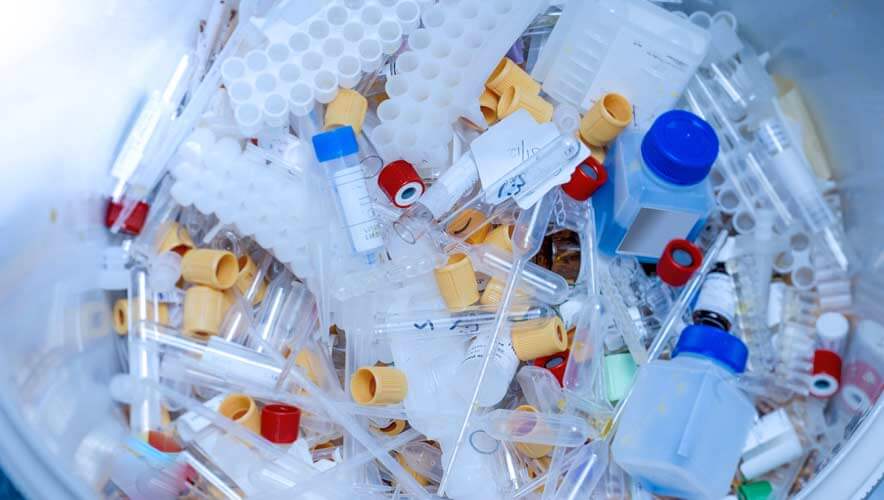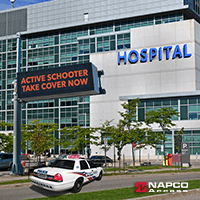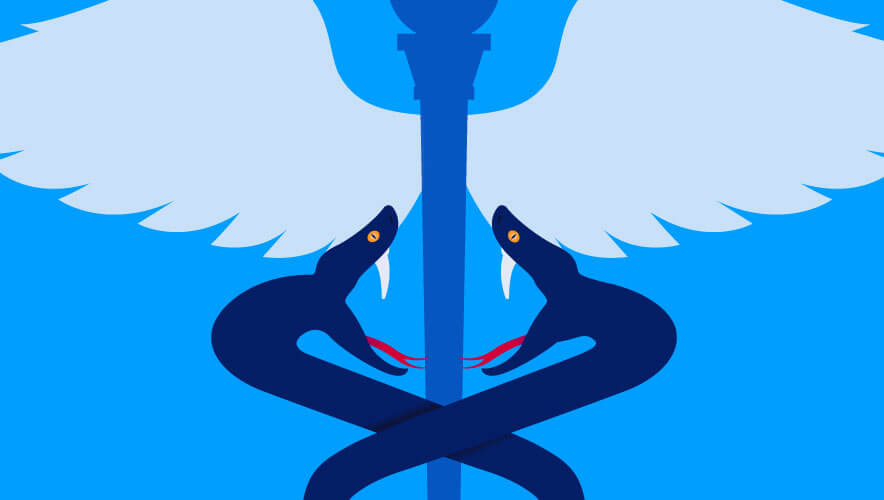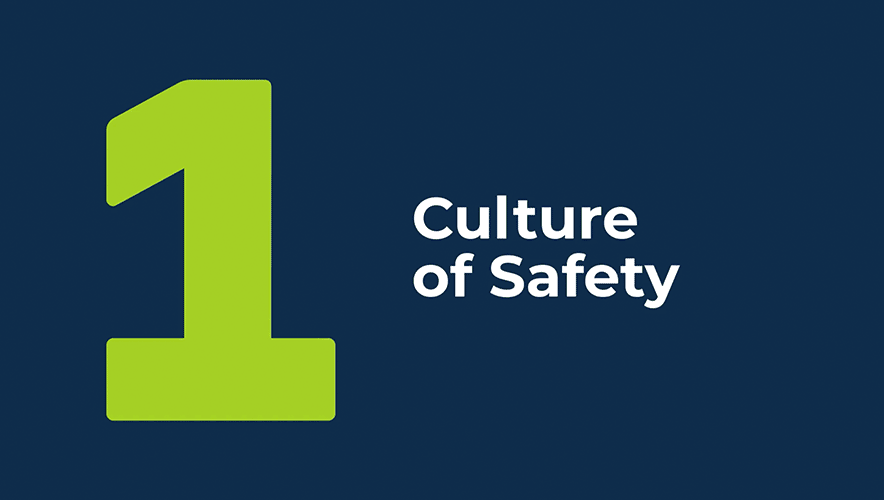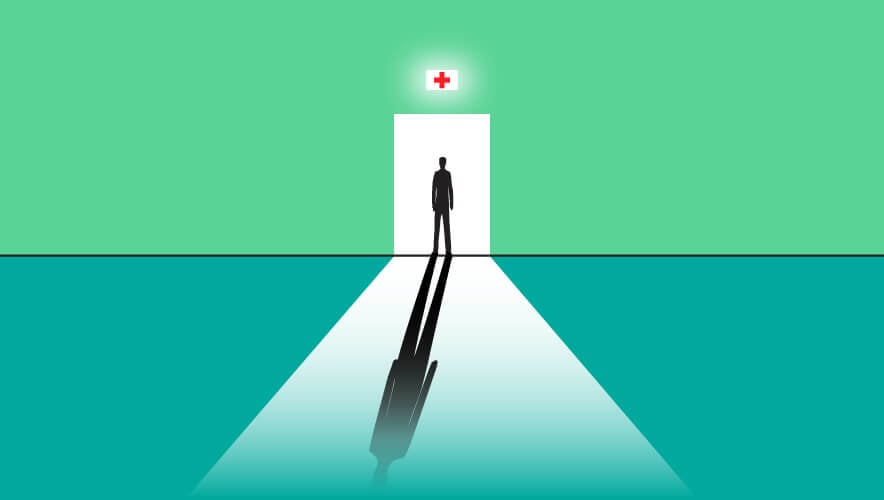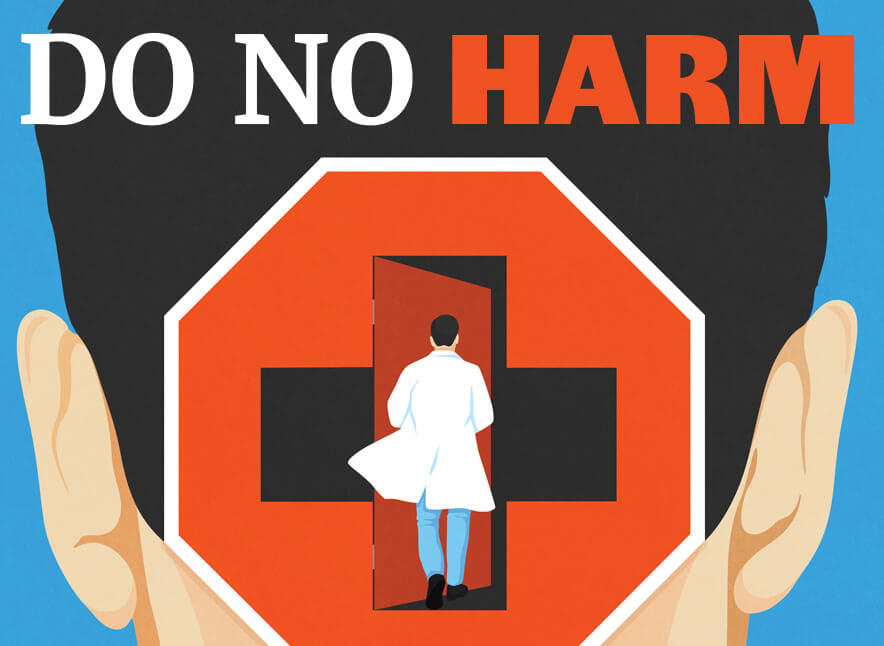Bad Blood: Hospitals Make for Hazardous Work Environments
In a stressful environment, clearly identifying a threat and initiating an effective response to mitigate it is no easy task. And when it comes to hospitals, there is no shortage of stressors and tripwires.
Hospitals are ranked as some of the most hazardous places to work. “In 2019, U.S. hospitals recorded 221,400 work-related injuries and illnesses, a rate of 5.5 work-related injuries and illnesses for every 100 full-time employees,” according to the U.S. Occupational Safety and Health Administration (OSHA). “This is almost twice the rate for private industry as a whole.”
SponsoredUpdate Access-Control /Video & Integrated Security for End-to-End Protection Inside & Out + Proven Faster Response to Healthcare Workplace Violence Emergencies - Let NAPCO Show You How FREENAPCO Integrated Security Management Solutions ensure faster, smarter First Response, informed Bad-Actor-pinpointing, Threat-Level Management, Alerts, Global-Lockdown/Area-Lockdown for Man-Traps to contain threats & Muster-Reporting. FREE Onsite Evaluation/Consult. |
Part of the risk stems from the day-to-day duties that nurses, doctors, and other staff perform, such as needing to move or lift patients, trips, lacerations from needles or other medical devices, or falls. And yet medical staff continue to execute their responsibilities to save lives and bring comfort to those in their care.
However, other conditions that would be abnormal to nearly any other work environment also contribute to the day-to-day scene of a hospital—notably, the likelihood of interacting with a volatile patient or visitor.
In 2020, U.S. hospitals reported a record high number of assaults occurring at their facilities, according to the International Association for Healthcare Security and Safety (IAHSS). In a survey conducted by IAHSS, responding hospitals indicated that the assault rate increased more than 23 percent from 2019 to 2020, from 10.9 incidents per 100 beds to 14.2.
The survey also found that there was almost a 24 percent increase in disorderly conduct—from 28.0 incidents per 100 beds to 36.7.
While some of this data could be swept under the broad umbrella of the fallout from the COVID-19 pandemic, reports from the following year indicate that increasing violence may be developing into a trend.
The stats climbed again in 2021 to 17.7 incidents of assault per 100 beds and 56.8 of disorderly conduct, according to the 2022 survey.
Violent crimes reported by U.S. hospitals also increased in 2021 from 1.7 incidents per 100 beds to 2.5. This category includes murder, rape, robbery, and aggravated assaults.
“Aggravated assaults accounted for 85 percent of incidents in this category in 2021,” the 2022 IAHSS report said. The last time violent crimes were that high was in 2013. In 2014 violent crimes reached an all-time high (since IAHSS began conducting the survey in 2012) of 2.8.
It is also worth noting that some of the volatile patients or visitors that are the cause of violence in hospitals are experiencing a mental health issue.
Each year, millions of U.S. residents experience some form of mental illness. In fact, the National Alliance on Mental Illness (NAMI) estimates that roughly one in five U.S. adults experience mental illness every year, while one in 20 experience a serious form of mental illness every year.
12 Million
The estimated number of visits to U.S. emergency rooms every year related to mental illness or substance abuse disorders.
“Mental illness and substance use disorders are involved in one out of every eight emergency department visits by a U.S. adult,” according to NAMI. This amounts to an estimated 12 million visits to emergency rooms.
Mental health crisis rates have also been rising recently. The percentage of U.S. adults who had received any form of mental health treatment throughout the course of a year increased from 2019 to 2021, according to the U.S. Center for Disease Control and Prevention (CDC).
“From 2019 to 2021, the percentage of adults who had received any mental health treatment increased from 19.2 percent to 21.6 percent,” according to research published by the CDC in September 2022. “The percentage of adults who had received any mental health treatment in the past 12 months increased between 2019 and 2021 among adults ages 18-44, from 18.5 percent to 23.2 percent.” These statistics do not account for anyone who may have experienced a mental health incident but was unable to or chose not to seek professional assistance.
Sara Mosqueda is associate editor for Security Management. You can connect with her on LinkedIn or via Twitter @XimenaWrites.
